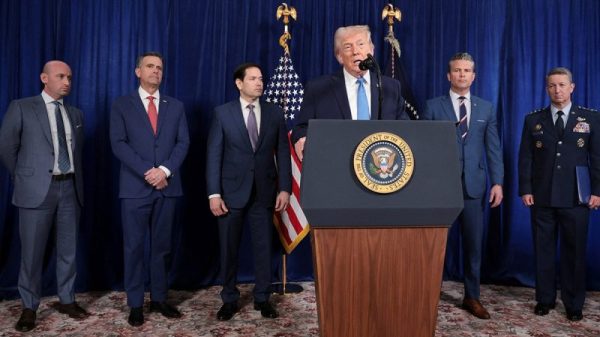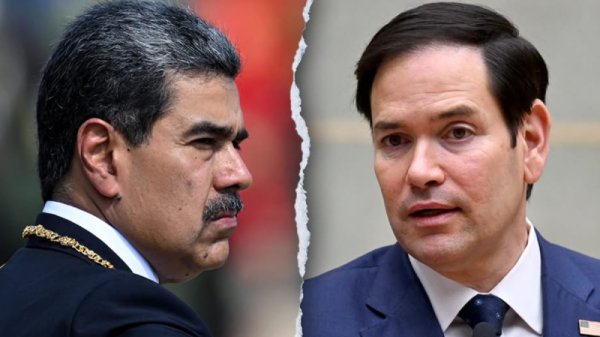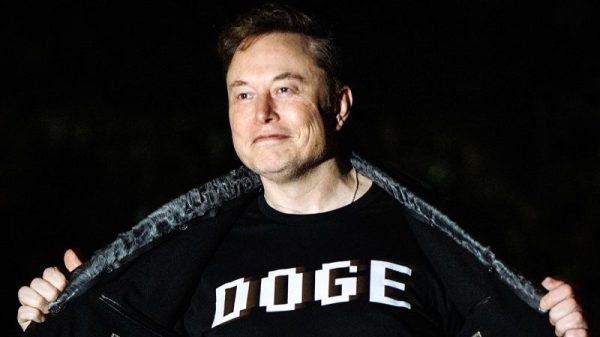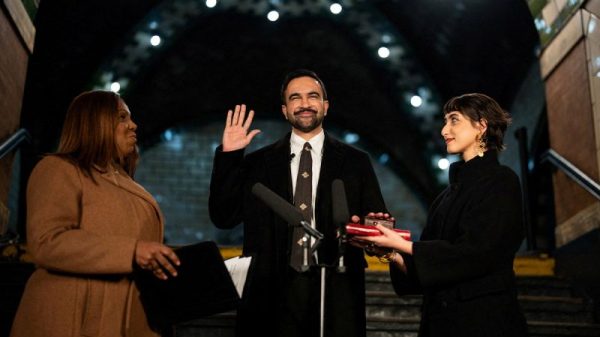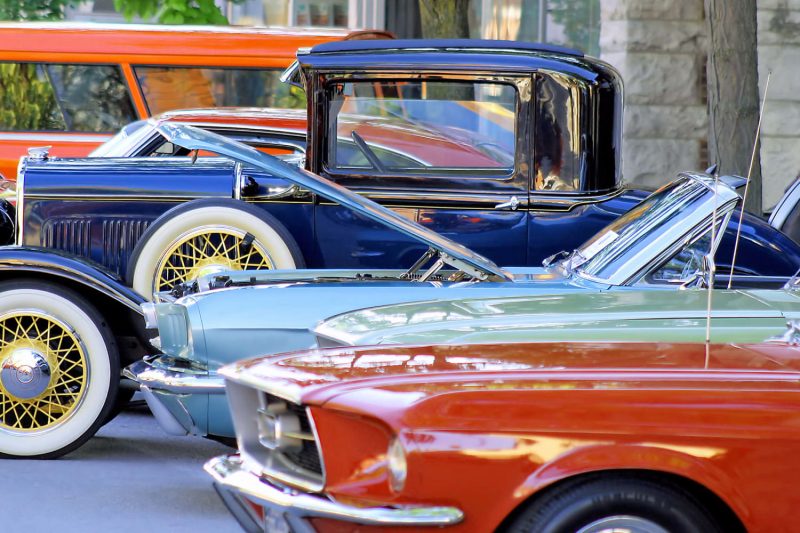The shift in generational preferences has undeniably impacted the classic car market, particularly evident in the recent Monterey auctions where sales have stalled compared to previous years. This shift is underscored by the increasing influence of the younger generation in the collector car world. As millennials and Gen Z enthusiasts enter the scene, their differing tastes and priorities are reshaping the landscape of classic car sales.
One key aspect that has contributed to the stagnation of classic car sales in Monterey auctions is the evolving preference for modern and high-performance vehicles among younger collectors. With advancements in technology and engineering, newer models offer cutting-edge features and superior performance capabilities that appeal to younger buyers more than vintage cars. The allure of modern amenities, enhanced safety features, and eco-friendly options often overshadow the sentimental value attached to classic cars for the new generation.
Furthermore, the changing demographic of classic car enthusiasts has led to a shift in the types of vehicles that are in demand. While baby boomers and older collectors may gravitate towards iconic vintage models that evoke nostalgia, younger buyers are showing a preference for cars from the 1980s and 1990s – vehicles that were popular during their formative years. This shift in preference towards more recent classics is evident in the composition of auction lots and the bidding patterns observed at Monterey auctions.
Another contributing factor to the slowdown in classic car sales is the economic uncertainty and market volatility that has gripped the world in recent times. The global pandemic and its economic repercussions have led many potential buyers to reevaluate their spending priorities, with some opting to hold back on luxury purchases such as classic cars. This caution and hesitation in the face of economic uncertainty have had a dampening effect on the classic car market, resulting in lower sales volumes and subdued auction results.
However, despite the challenges and shifts in the classic car market, there are opportunities for growth and adaptation. Auction houses and sellers can explore innovative ways to attract younger buyers, such as leveraging digital platforms and social media to showcase their inventory and engage with a broader audience. Additionally, offering flexible payment options and financing plans can make classic cars more accessible to younger collectors who may not have the upfront capital to make a large purchase.
In conclusion, the stall in classic car sales at Monterey auctions underscores the changing dynamics of the collector car market driven by the emergence of a new generation of buyers. As younger enthusiasts with different tastes and priorities enter the scene, the classic car industry must adapt and evolve to meet the evolving demands of this new demographic. By embracing innovation, diversifying offerings, and engaging with younger collectors, the classic car market can navigate the challenges ahead and pave the way for continued growth and success in the future.







